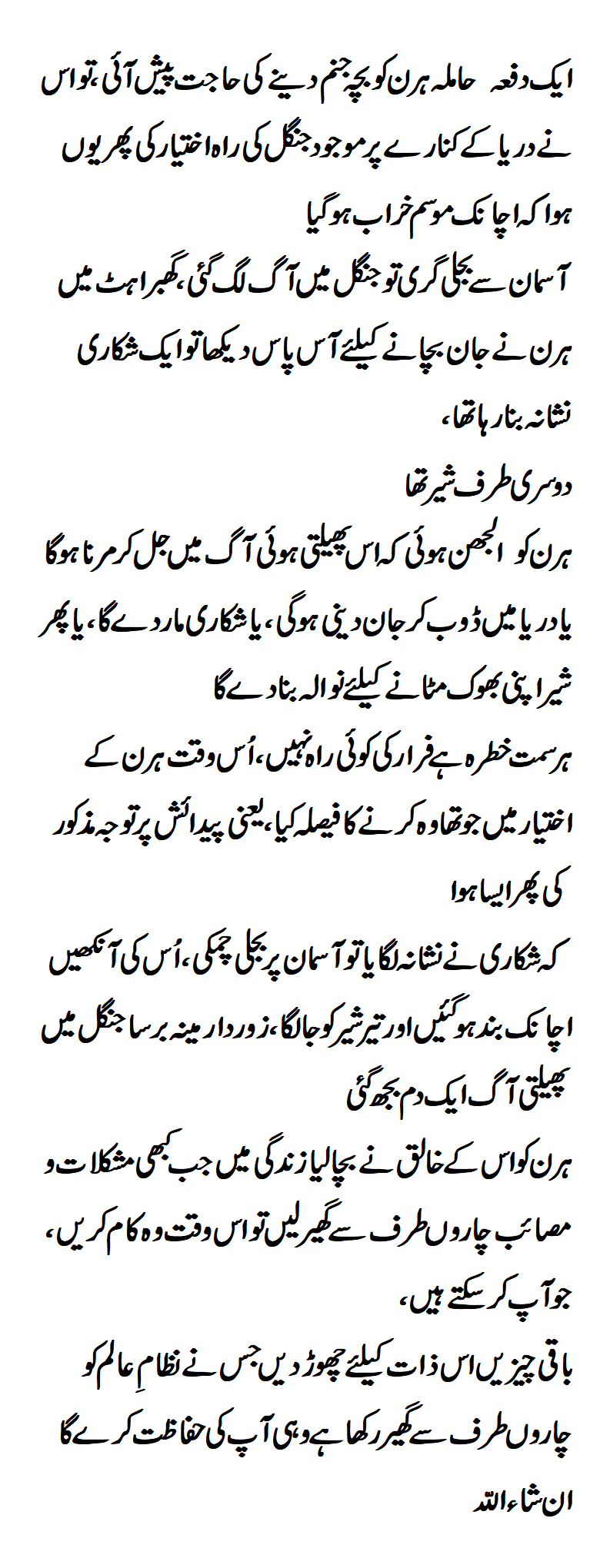White tail deer can be found in the U.S and even in South America. This type of deer is polyestrous and is a short day breeder. The females will go into heat for a 24 hour period and most go in to heat in November in the northern portions of their range. The entire mating season lasts from October to December. In the southern parts of their ranges, whitetail deer will not mate until January or February. If a doe is not mated, a second estrus occurs approximately 28 days later (Desert USA).
The first fawns will be born in the later portion of spring after a gestation period of around 200 days. The females with give birth to 1-3 fawns at a time (National Geographic). Near mating season the deer will release secretions from sweat glands on their legs for intra-species communication (Desert USA). The Bucks will also develop antlers and will fight with other males during the breeding season to win mating privileges (Desert USA).
Mule Deer
Mule deer are found throughout the entire western United States, including the four deserts of the American Southwest. These deer are also short day breeders and are polyestrous. The mating season for Mule Deer peaks in November and December.
The Males will grow antlers prior to the breeding season and will often fight with other males for the right to mate with a female (Desert USA). Once the buck has found his doe, they will play chase games for several days before they will mate (Desert USA).
They will then stay together for a few days after mating. Gestation is about 7 months in the mule deer. Females will give birth usually to a single fawn the first year she gives birth and will often produce twins in the following years (Desert USA).
Red Deer
Red deer are most often found in western Europe, northwest Africa, Asia and northwestern America. Males and females will live separate from each other except during breeding season, which occurs in October. Females will give birth in late spring and will have from 1-3 fawns (Charlton). One distinction that separates them from other types of deer is,
the males do not use their antlers to attract mates. The males will roar to attract the females (Charlton). The roaring will affect the outcome of male to male interactions and can even advance female ovulation (Charlton). Females can distinguish
the differences between the roars and they will often choose a male that has a lower roar (McComb). It is thought that they do so since males with lower roars tend to have a larger body size, which is a sign of strength and good health.
Reindeer
Reindeer are found in the Arctic and are seasonal breeders. Their breeding season begins in early September and lasts from 3 to 4 weeks. Some reindeer may start breeding as early as late August to accommodate the rough climate and to obtain better nutrition (Alberta Reindeer Association). The gestation period for reindeer is about seven months.

Those that will breed early will start fawning in early April. The males will separate into smaller herds during the summer and will all join back up right before the breeding season. As the time for mating drwas near, several changes occur in the male: the testicles and epididymis increase considerably in size, teh velvet is lost form the antlers,
the neck thickens, the stomach draws in, and they grow a mane (Alberta Reindeer Association). It is important that the males fatten up before the breeding season because they do not eat much during the season; they become thin and may lose up to 1/3 of their body weight (Alberta Reindeer Association).